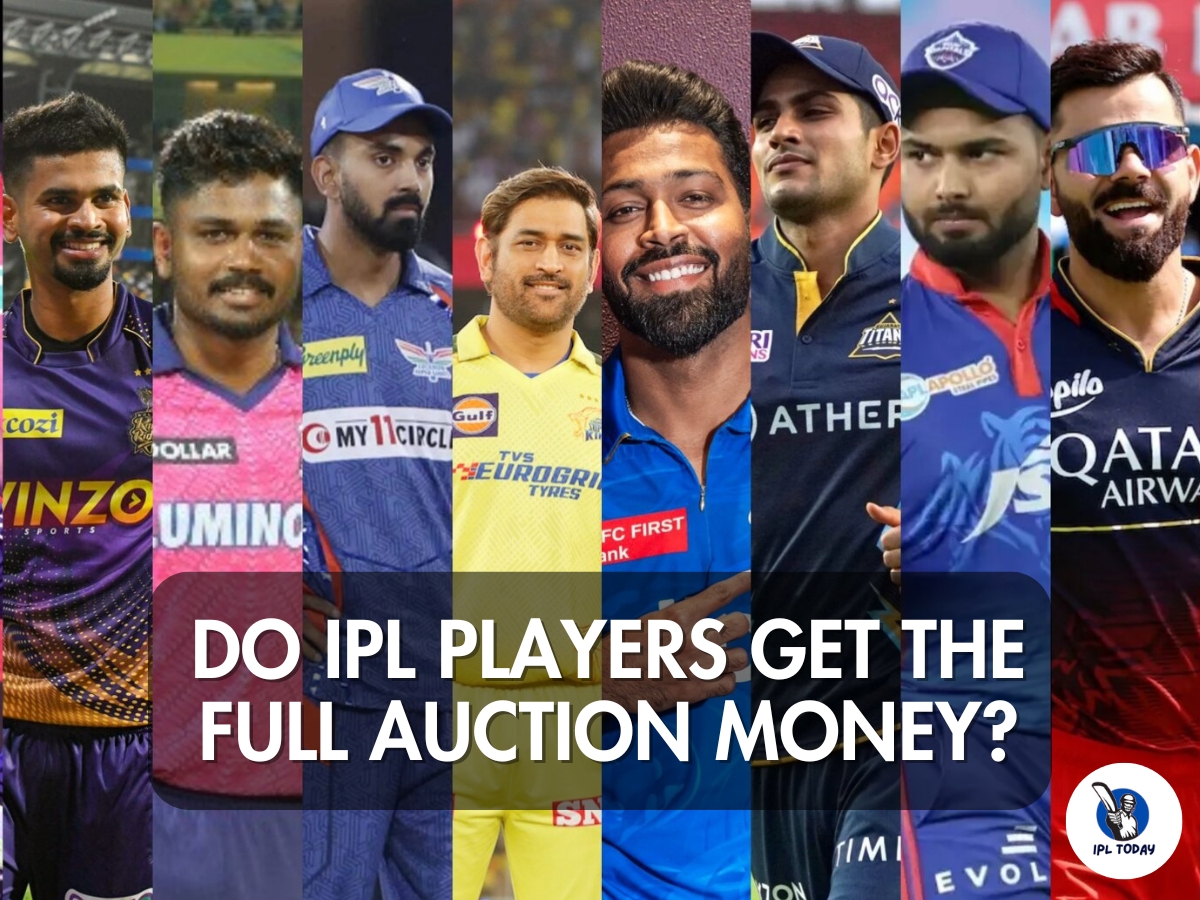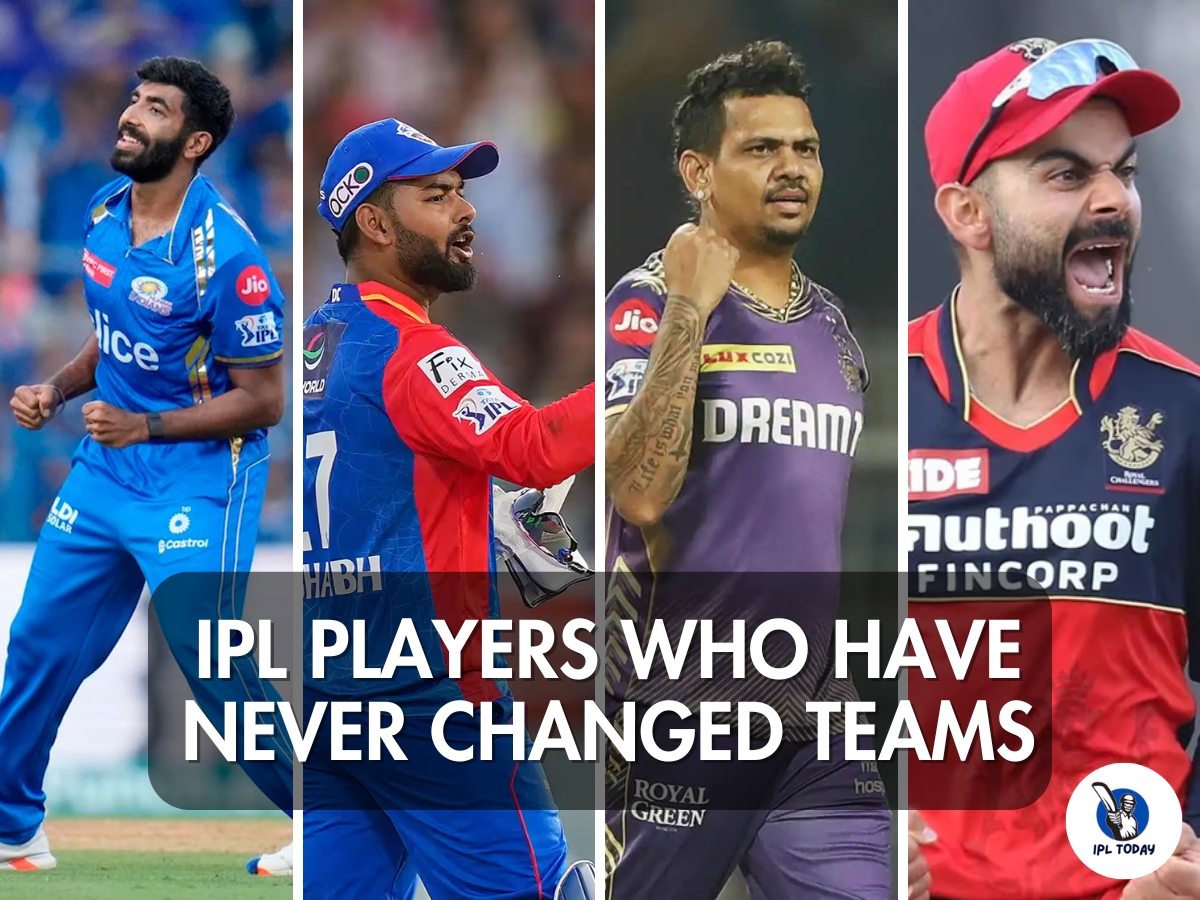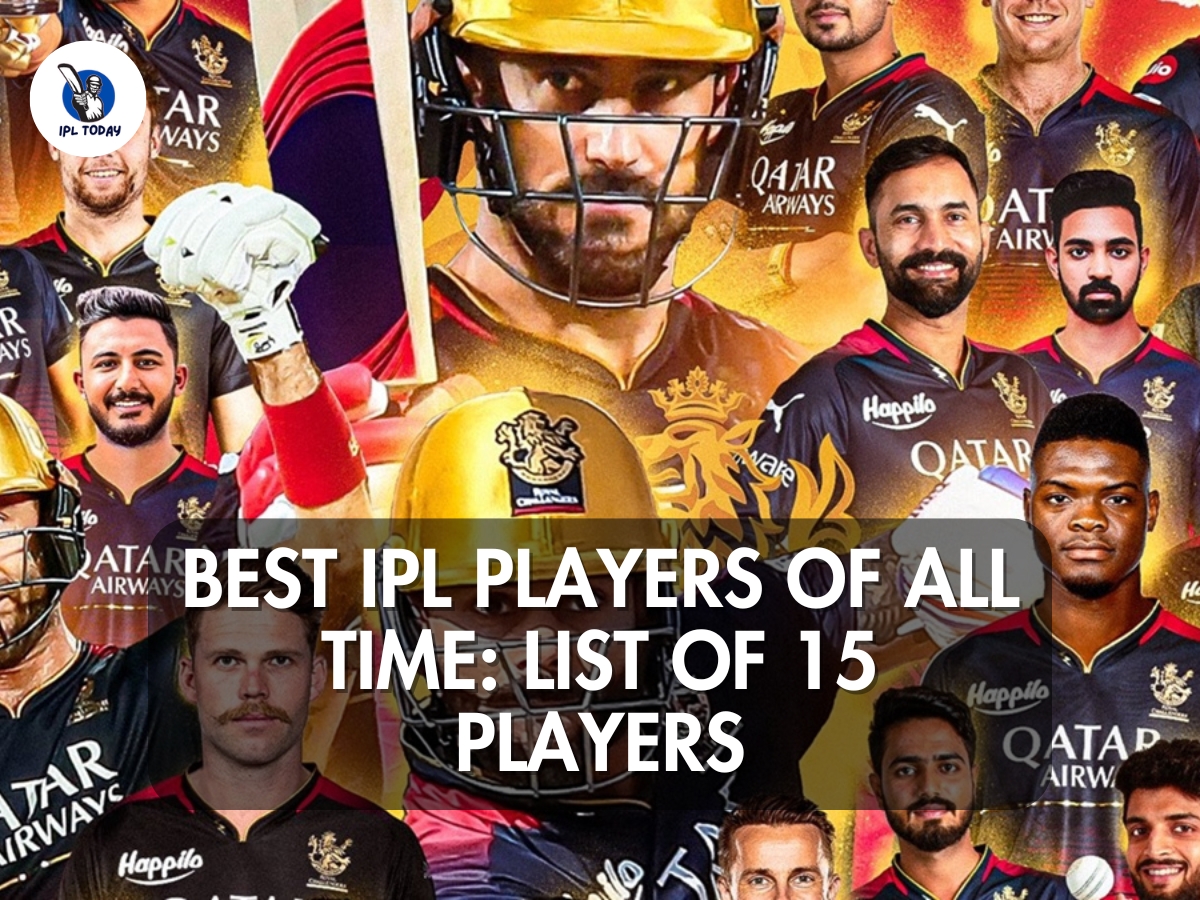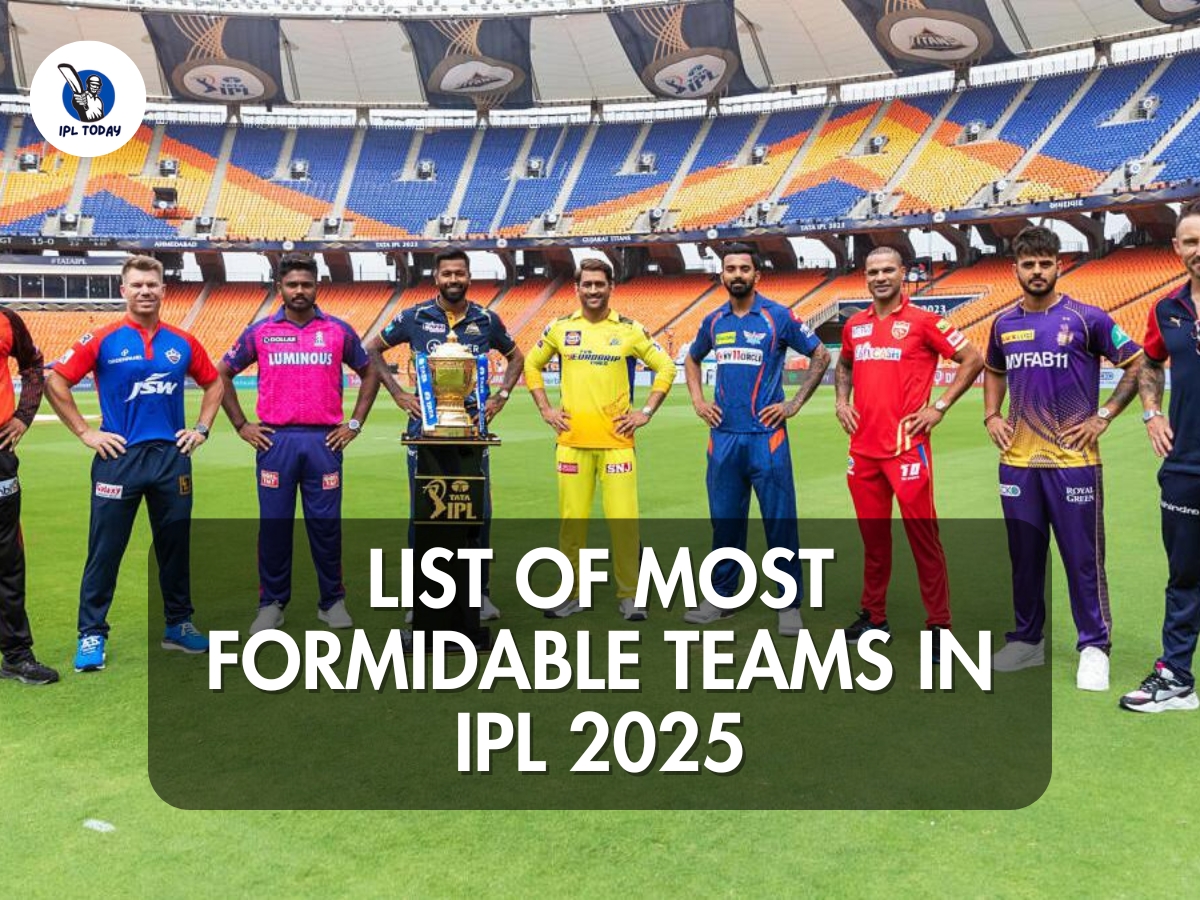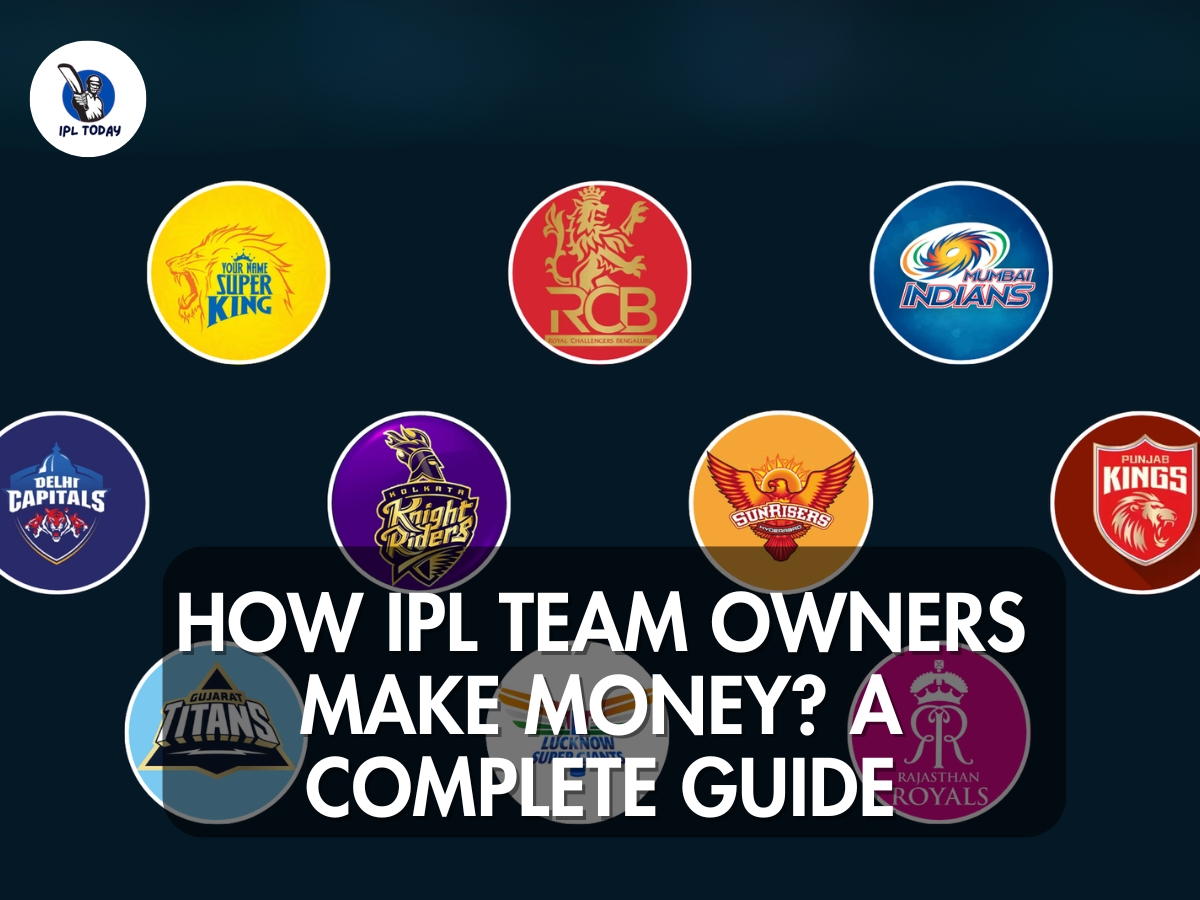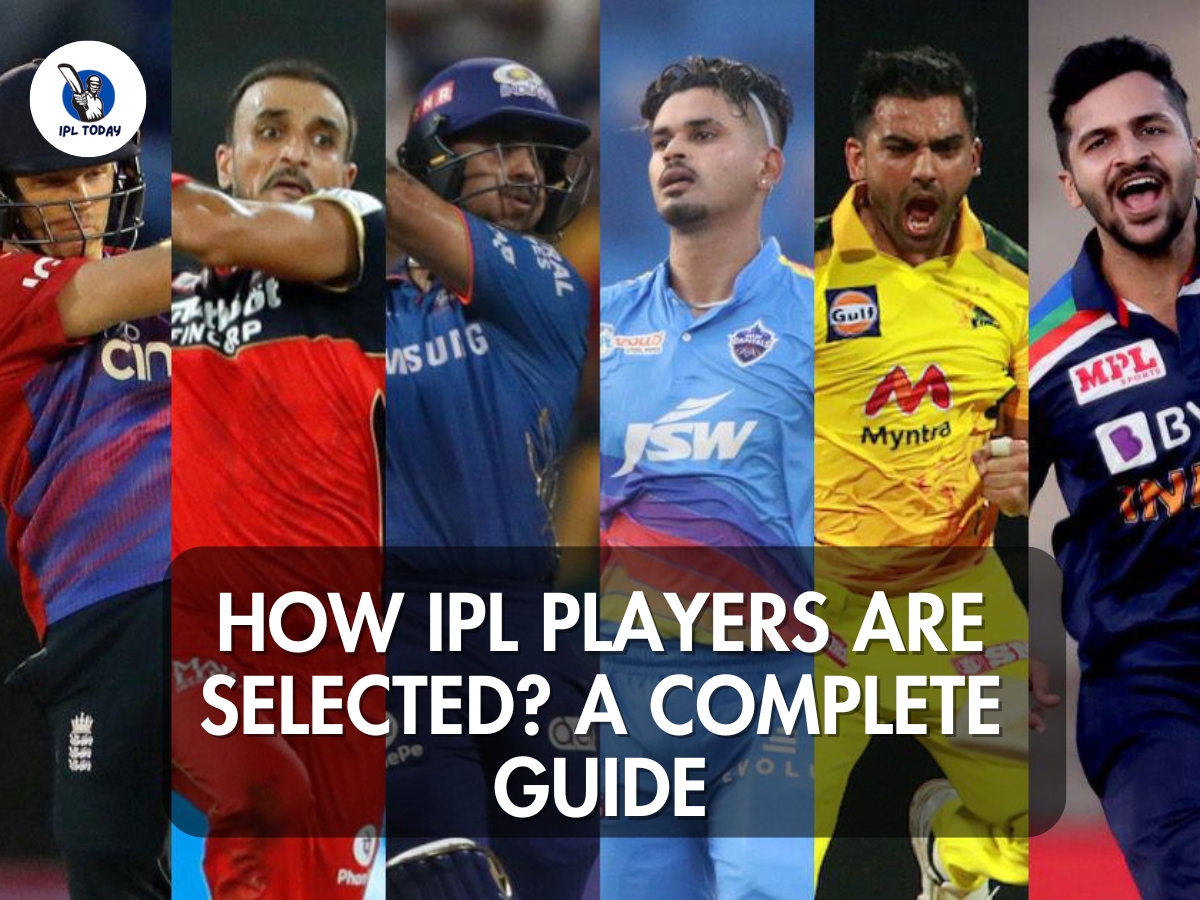The Indian Premier League (IPL) stands as one of the most lucrative sports leagues globally, rivalling major international tournaments in terms of viewership and revenue. This deep guide explores how IPL team owners make money, shedding light on the myriad revenue streams that have transformed the IPL into a financial powerhouse.
How IPL Team Owners Make Money? – The Complete Revenue Structure
Media Rights: The Bedrock of IPL’s Revenue
Media rights sales are the linchpin of IPL’s revenue model. The 2023-27 media rights fetched a record INR 48,390 crores (approx. USD 6.2 billion), significantly higher than the previous cycle’s deal of USD 2.5 billion with Star India. This astronomical figure breaks down to an impressive per-match value of USD 15.1 million. The rights are divided into various packages, including TV and digital rights within the Indian subcontinent and abroad. Disney Star retained the TV rights for the Indian subcontinent for INR 23,575 crores, while Viacom18 acquired the digital rights with a bid of INR 23,758 crores, underscoring the massive demand and reach of the IPL.
Sponsorships: The Branding Powerhouse
Sponsorships play a crucial role in IPL’s revenue ecosystem. In 2023, the league secured several key sponsors:
- Title Sponsor: TATA, contributing ₹440 crores.
- Official Partners: Dream11, Saudi Tourism Authority, CRED, Upstox, RuPay, Herbalife, and others, collectively amounting to ₹210 crores.
- Umpire Partners: PayTM, with a deal worth ₹28 crores.
- Strategic Timeout Partner: CEAT, securing a deal for ₹30 crores.
These sponsorships, apart from infusing direct revenue, also enhance the brand value and visibility of the IPL and its teams.
Team Brand Value and Franchise Sales
The brand value of IPL teams is a significant asset. For instance, in 2022, the BCCI sold two new teams for a total of Rs 12,715 crore, marking a 17-fold increase in value over 13 years. The top teams by brand value include:
- Mumbai Indians: ₹9,962 crore (US$1.2 billion)
- Chennai Super Kings: ₹8,811 crore (US$1.1 billion)
- Kolkata Knight Riders: ₹8,428 crore (US$1.1 billion)
These figures not only reflect the financial strength of the teams but also their marketability, attracting investors and sponsors alike.
Ticket Sales: Revenue from the Stands
Ticket sales, though impacted by the pandemic, remain a vital revenue stream. The IPL attracts a massive crowd, with ticket prices varying based on match popularity and team. This revenue is shared among the franchise teams and the BCCI. The fluctuating circumstances due to COVID-19 have affected this revenue stream, but it remains a key component of the league’s income.
Merchandising: Capitalizing on Fan Loyalty
Merchandise sales are a crucial revenue stream for IPL teams. The league capitalizes on its popularity by offering a range of team-themed merchandise, including jerseys, caps, and other accessories. Revenue from these sales is shared among the teams and the league, contributing significantly to their financial health. This not only boosts revenue but also enhances team loyalty and presence among fans, further solidifying the IPL’s brand value across different markets.
Read: How IPL prize money is distributed
IPL’s Impact on the Indian Economy
The IPL’s economic impact on India is profound:
- Economic Contribution: In 2021, the IPL contributed INR 11.5 billion (US$182 million) to the Indian economy, with projections indicating a much larger economic value in subsequent years.
- Employment Generation: The league creates numerous high-paying jobs, from sports-related roles like coaching to stadium management and ancillary services like recruitment.
- Growth in Sports Equipment Market: The sports equipment and gadgets market in India has seen considerable growth due to the IPL, with a market size of INR 40 billion (US$500 million). This is indicative of the league’s influence beyond just the cricketing arena.
- Boost to Infrastructure and Tourism: Improvements in sporting infrastructure, like stadium upgrades, and a boost in tourism, both domestic and international, are direct outcomes of the IPL’s popularity. The league has raised India’s international profile, attracting foreign visitors and enhancing sponsorship opportunities.
Future Prospects: Where Next for IPL?
The IPL’s future prospects look bright, with various sources continuing to contribute to its overall income. The league is expected to witness another record-breaking year in terms of revenue in 2024, with its growing popularity signaling more lucrative deals in broadcasting rights, sponsorships, franchise fees, ticket sales, and merchandise. The potential expansion of the league, increased international broadcasting rights, and the digital realm offer vast avenues for revenue growth, setting the stage for the IPL’s continued financial success.
Read: IPL 2024 schedule and streaming details
Comparative Analysis with Global Sports Leagues
The IPL has ascended to a prominent position among global sports leagues:
- Broadcast Valuation: With a per-game broadcast valuation of $13.4 million, the IPL stands as the second costliest sporting league in the world, only behind the NFL ($17 million per game) and ahead of the EPL ($11 million per game). This puts the IPL in an elite league of global sports tournaments in terms of revenue generation and market value.
The Bottom Line
The IPL has evolved into a complex and highly lucrative business model, with diverse revenue streams making it a standout in the global sports landscape. From media rights to sponsorships, merchandise sales to economic impacts, the IPL’s growth trajectory is not only a testament to its popularity but also its strategic market positioning. As the league continues to expand and innovate, its financial health and global stature are poised to reach even greater heights, solidifying its place as a major player in the world of sports entertainment.




